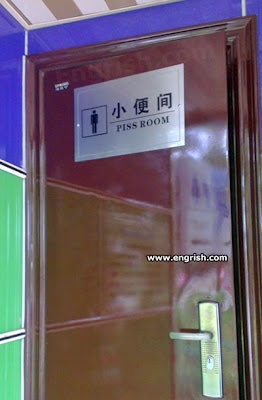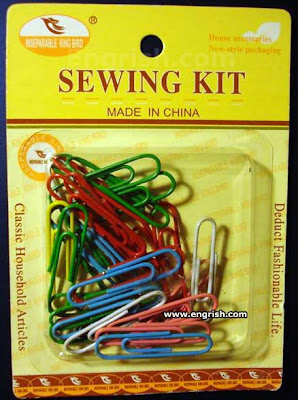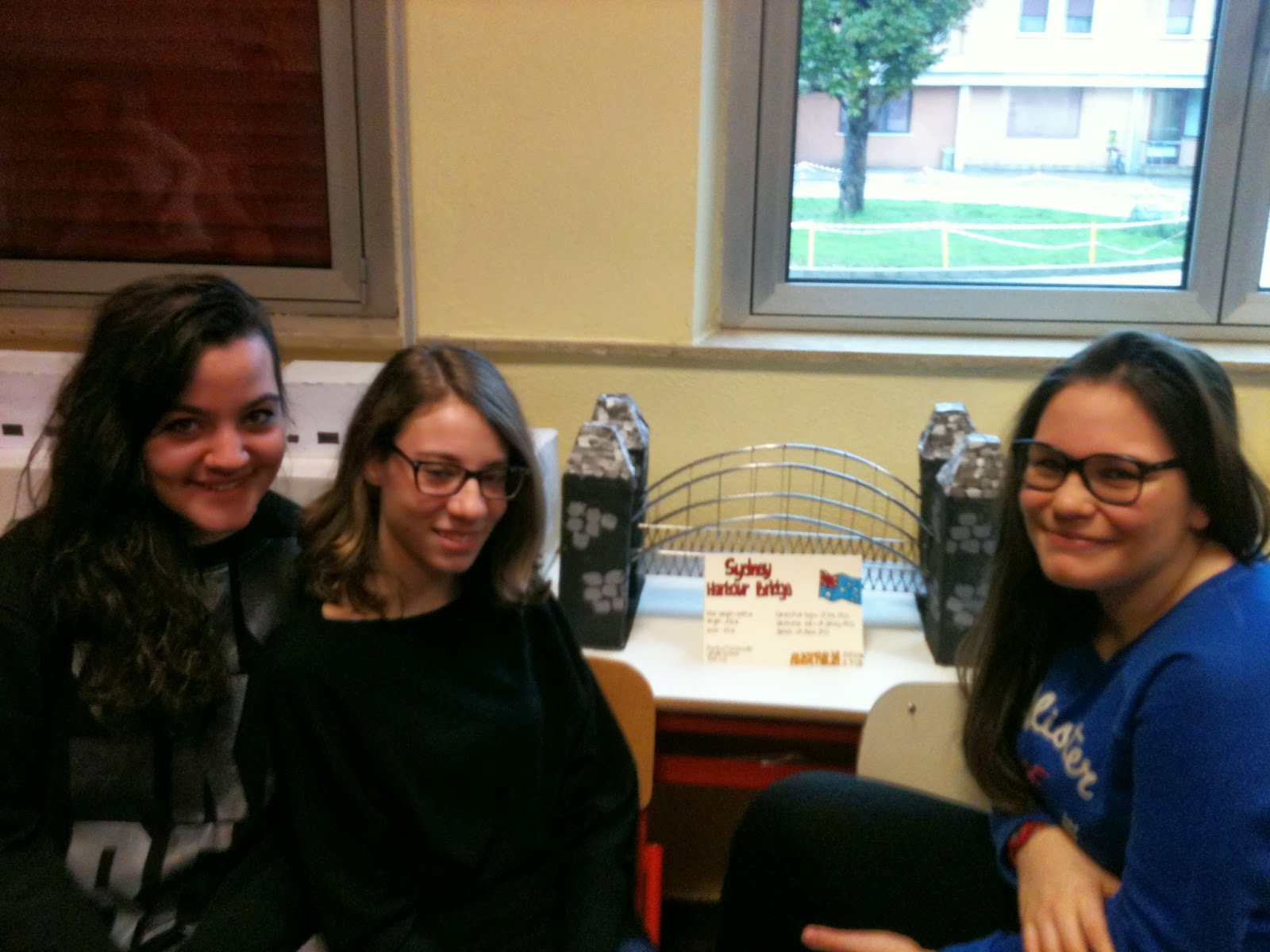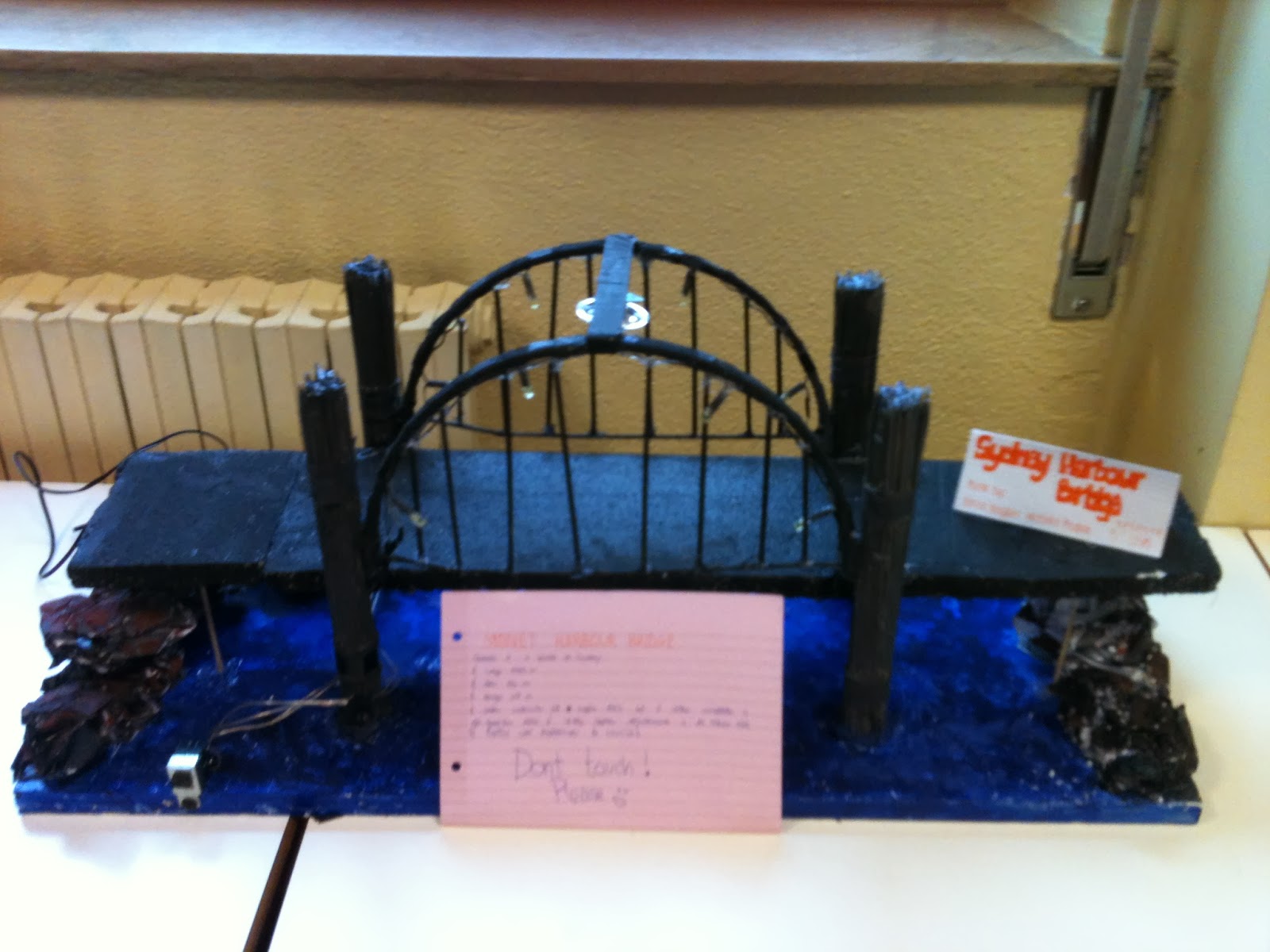Sunday, October 27, 2013
Australia - a world downunder
Australia – a world “downunder”
Australia is the planet's sixth largest country. It is almost as great as the United States of America. Australia is the lowest, the flattest and (apart from Antarctica) the driest continent in the world. It is surrounded by thousands of small islands. The Great Barrier Reef, the largest living structure on Earth, extends for over 2,000 kilometers near the East Coast. Nearly 20 per cent of Australia is a desert. Climatic zones and landscapes range from tropical rainforests or deserts to cold forests and snow-covered mountains.
Australia is one of the most biologically diverse countries on the planet. It has got more than one million species of plants and animals. They evolved on a geographically isolated continent, so about 80 per cent of flowering plants, of mammals and freshwater fish and more than 45 per cent of birds are unique to Australia. Australia is rich with marsupials — there are more than 140 species. Among the best-known animals are the kangaroo, koala, echidna, dingo, platypus, wallaby and wombat.
Australian people
Australia has got one of the most ethnically diverse societies in the world today. Almost one in four Australian residents was born outside of Australia and many more are first or second generation Australians.
Australian society is a melting pot of cultures. Aboriginal people are the traditional inhabitants of the land, but there are immigrantsfrom more than 200 countries and, at home, they speak more than 260 different languages. Its population today is about 22 million people. Nearly all the cities are near the coast. It has got the lowest population density in the world - only two people per square kilometre. Today migrants arrive from Europe but also from Asia, Africa and the Middle East. Australia does not discriminate on racial, cultural or religious grounds. There are a lot of religious beliefs: Buddhist, Christian, Hindu, Jewish, Muslim, Sikh.
History
Before the arrival of the British settlers and their explorer Captain James Cook in 1788, Australia was inhabited by the Indigenous people - Aborigines.
New South Wales was the first colony: it was settled as a penal colony – a place where Britain could send convicted criminals because British prisons were overcrowded. Many convicts were very poor and had committed only minor crimes in Britain. Conditions in the new colony were better than at home, but there were diseases and malnutrition during the first period of settlement. Convicts continued to arrive there for 50 years and they were useful to build the colony.
The first wave of migrants to Australia included rich men attracted by the colony's agricultural prospects and the possibility to use convict work. Then gold was discovered in the mid-nineteenth century, so new settlements were born and other migrants arrived.
During the second half of the 19th century Australian people wanted to become an independent nation under a Federation. The new nation remained loyal to Britain and part of the British Empire. Australia took part to World War One to help Great Britain. After World War Two, people from Italy, Greece, China, Vietnam and Lebanon arrived.
The government
Australia's formal name is the Commonwealth of Australia. Its form of government is a constitutional monarchy – 'constitutional' because the powers and procedures of the Australian Government are defined by a written constitution, and 'monarchy' because Australia's head of state is Queen Elizabeth II.
The Commonwealth of Australia was formed in 1901 when six independent British colonies joined together and became states of a new nation.Today there are six states in Australia: New South Wales, Queensland, South Australia, Tasmania, Victoria and Western Australia. The capital is Canberra; other important cities are Sydney, Brisbane, Melbourne, Perth and Adelaide. Powers are divided between a central government and individual states. The Governor-General, representing the Crown, has the supreme executive power. He acts on the advice of the head of the government, the Prime Minister, and other ministers. They are appointed by him on the advice of the leader of the political party or coalition which wins free elections.
Indigenous Australia
Australian Aboriginal culture is the oldest continuous living culture on the planet.
Aborigines already lived in Australia 40,000 years ago. The hallmark of Aboriginal culture is 'oneness with nature'. In traditional Aboriginal belief systems, nature is the most important thing. Big rocks, canyons, rivers, waterfalls, the sun, the moon, visible stars and animals - all have their own stories of creation and are connected one to the other. To the Aborigines they are all sacred, like Ayers Rock, the world’s largest monolith, which they call Uluru.
In the past, Aboriginal people had a nomadic life, following the seasons and the food. They lived in tribal groups and used few simple tools with incredible skill. They hunted with their boomerang. They moved to new hunting grounds before the old ones had no animals left. When at rest, Aborigines lived in open camps, caves or simple structures made from bark, leaves or other vegetation.
The modern notion of possession was alien to traditional Aboriginal culture. Material things were shared. The idea that an individual could 'own' land was foreign to Aboriginal thinking. They believed that they belonged to the land, not that the land belonged to them.
The "Dreamtime", also called the “Dreaming” or the “time before time”, the mythological past, was the time of creation, when spirit ancestors, human or animals like the Giant Snake or the All-Father travelled through the land, giving it its form, and setting down the social rules. They believe that every person essentially exists eternally in the Dreaming. Legends of the 'Dreamtime' were handed down by word of mouth and by totem from generation to generation. Songs were very important: they told the history of the world, contained important information about landmarks or social events. Dances also were important: they revealed myths or showed the Dreamtime heroes. During their gatherings, the Aborigines played the didgeridoo.
Art was an integral part of life. They painted their bodies for ceremonies. They engraved rocks – this was of the few art forms to survive. Bark paintingis very famous also today, with its natural and bright colours. Paintings told stories, they kept a record of daily life and religious beliefs, they were used to draw maps or to report contact with other peoples.
The Aboriginal society also had problems; droughts, shortages of food, sickness. Supernatural forces were considered the cause for every event, and magic and rituals were used to correct the situation. The "medicine man" was a powerful man, and tried to cure many physical ills. He cured the spirit more than the body. They believed that the spirit was the first cause of illness - evil thoughts act first on the spirit, and the physical symptoms come later.
When Europeans first began to colonise Australia, they also began to destroy all this culture.
Contact between new settlers, under imperial British rule, and Australia's indigenous people, led to the decimation of many Aboriginal groups due to diseases that the Aborigines didn’t know (pneumonia or smallpox for example), dispossession and also murder. At first, Aborigines were friendly towards white people, but when they understood that the settlers weren’t the spirits of their dead ancestors, they tried to fight back - but without success.
The British Imperial forces said that they didn’t rob the land from the Aborigines because the Aborigines didn’t possess it. In two centuries, the continent was progressively stolen from Aboriginal people. Even after Australia was declared independent in 1901, Aborigines continued to be marginal to the new nation and weren’t considered citizens until 1967.
Racist attitudes to Australia's indigenous population evolved through different phases. Settlers were sometimes civilized but they also practiced real genocide. For a long period, one tenth of Aboriginal babies (called today the “stolen generation”) were removed from their natural parents and taken into foster care by non-Aboriginal families to “civilize” them.
Two centuries of dispossession and maltreatment have left deep scars in surviving Aboriginal communities There are about 60,000 Aborigines today and there were more than 600,000 before the settlers arrived. In life expectancy and health, Aboriginal Australians are not like the rest of the Australian population. But there has also been some progress in recent times, as Aborigines start to have their own national and regional institutions - and political strength.
Videos to see on youtube:
Great Barrier Reef: http://www.youtube.com/watch?v=wbNeIn3vVKM,
Aborigines: https://www.youtube.com/watch?v=YqkgKkW8o6E and https://www.youtube.com/watch?v=TX0jOfxjPQ8,
Australian history: https://www.youtube.com/watch?v=PhY9PBceqYY and https://www.youtube.com/watch?v=cydE-O-CJT8.
QUESTIONNAIRE
a. What kind of landscapes and climates are there in Australia?
b. Where is the Great Barrier Reef?
c. Which are the most famous Australian animals?
d. Why is the fauna so different from the rest of the world?
e. What are the most important Australian cities and what’s its capital?
f. How is the Australian population composed?
g. Talk about the languages and religious beliefs today in Australia.
h. What is the Australian melting pot?
i. What’s the Australian form of government?
j. Who were the first human inhabitants of Australia and how did they live?
k. How was Australia used at first?
l. What changed after the discovery of gold?
m. What changed after the independence from Britain?
n. Who is the Governor-General?
o. When did the Aborigines arrive to Australia?
p. What does “oneness with nature” mean?
q. How did the Aborigines live before the settlers’ arrival?
r. What did the Aborigines think about possession?
s. What is Dreamtime?
t. Where is Ayers Rock and what is it?
u. In which way did the Aboriginal culture express itself?
v. What did the “medicine man” do?
w. How were the Aborigines decimated?
x. Which were the racist attitudes of the settlers?
y. What was the “stolen generation”?
z. How do the Aborigines live today?
Subscribe to:
Comments (Atom)
There is/are, some/any
Immagini per l'interrogazione classi prime Ricorda: Domande possibili: What is this? Is there /are there a/an/any... in/on/under...? How...

-
The town pair work – classi prime o seconde present simple Domande possibili: · Where is the ( restaurant, flower shop,...
-
Daily activities present simple / past simple / past continuous / present continuous con funzione di futuro / “going to” Gioco 1 per ...




























































































